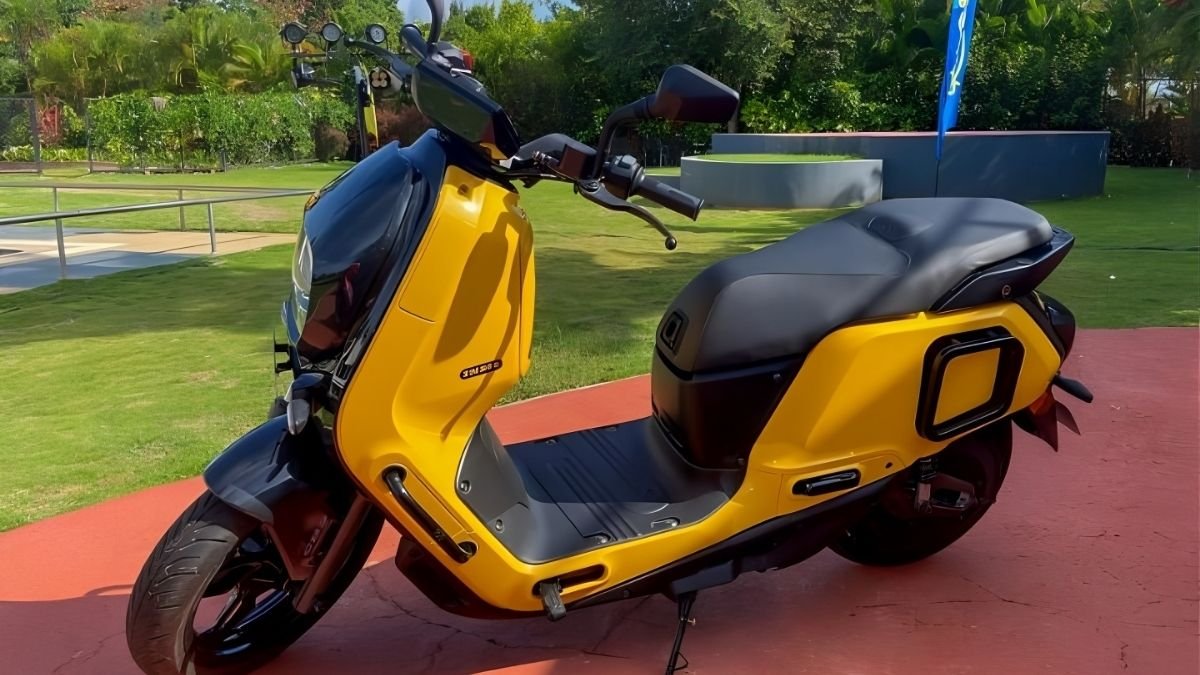Planning a Tiger Safari in India – Complete Guide
Guided, informative, and directed to tiger safari enthusiasts preparing for their own thrill of walking through the jungle in India, this guide has all of that for you. Almost one among the very few countries in the world, India offers you the chance of viewing tigers in the wild, in their natural habitat. However, one must choose the right time in order to enjoy a great safari and also have proper preparations in mind.
Right Time for Tiger Safari in India
The weather in India changes every month of the year, so also the safari experience.
October to March – The Cool and Pleasant Season
This time is considered to be the most popular. The weather is cool and comfortable, day safari trips do not cause sweating and the animals are also more active.Benefits:
- The temperature makes movement pleasant.
- Birdwatchers can take advantage of migratory birds coming to India.
- Many animals are often seen in the open in search of water.
Cons:
- This is also the tourist season making the parks overcrowded.
- High prices are set for the booking of hotels and safaris.
March to June – Summer season
If your main aim is to see tigers, then this is the best time for you. As the heat increases, animals, especially tigers, often come to waterholes to drink water.Pros:
- Maximum chances of sighting tigers.
- Fewer crowds, so the safari becomes peaceful.
Cons:
- The heat is quite intense during the day, sometimes reaching 40–45 degrees.
- Difficult to manage afternoon safaris in this heat.
July to September – Monsoon season
This is a period of time with higher precipitation and access to most of the national parks core zones is restricted for safety reasons; however, some buffer areas remain open in some locations.Pros:
- The forests look luxuriantly fresh.
- It is peaceful and unique due to less number of tourists, a really beautiful experience.
Disadvantages:
- There is no safari possibility in the core areas (core zone).
- Roads can be made muddy by rain, making the journey quite rough.
Booking and planning – what to keep in mind
This is followed by proper planning for the safari after deciding on the time of the year.
- Early reservation
Everything requires pre-booking, be it a hotel or a safari jeep. Early bookings are made in famous parks like Ranthambore, Bandhavgarh, or Jim Corbett, and the tickets are sold weeks in advance before the peak season. - Understand the park zone
Each national park contains a core zone and a buffer zone.
The chances of seeing animals in these areas are much higher; however, entry here is limited and bookings get full quickly.
Just outside of the core zone but a pretty decent experience and one not as crowded. - Take a safari of your interest
For birds, consider November-January, as the best time. If you have your heart set on seeing a tiger, go with March-May. - Value of morning safari
Morning-early safaris are generally considered best by experts. Major activity is seen at this time, and the weather is better. - Calm and Respectful Behavior
They are at home; we are just visitors. No loud noises, no looking after the animals-not at all. Only a calm environment gives you the right opportunity to see a tiger or other wildlife. - Keep the necessary items with you
- Binoculars; For viewing birds and animals very far from close.
- Notebook, pen: To record your experiences and animals seen.
- Camera: For storing memories, only without flash.
- Hat, sunglasses, and water bottle: Most especially during heat and sun.
Some famous tiger reserves of India
Tiger reserves in India are more than fifty in number, yet certain parks are quite favored because of the distinctive identity of these parks.
- Ranthambore National Park (Rajasthan): Watching tigers against the backdrop of ancient forts and lakes is indeed mesmerizing.
- Bandhavgarh National Park (Madhya Pradesh): It has the highest density of tigers.
- Jim Corbett National Park (Uttarakhand): First among national parks to be set up in India, there are lovely valleys, making the visit even more special.
- Kanha National Park (Madhya Pradesh): This park is said to have inspired the Jungle Book and has the rare deer species ‘Barasingha’.
- Sundarban (West Bengal): These Royal Bengal Tigers here create their own distinct identity, often hunting even in waters.
Tips to Make the Safari Memorable
- Listen keenly to the guide. Every sound and sign in the forest is heard and felt by them.
- Going on safari, the light, comfortable apparel in natural colors- this will enable one to blend with the surroundings.
- Tiger sighting should not be the end of a safari. Watching deer, elephants, bears, jackals; peacocks, owls, and hundreds of birds are equally thrilling.
- If kids are to accompany the tour, then explain to them all that silence in the forest is important for the respect of the animals.
Conclusion – Safari is not just a journey; it is an experience.
Tiger Safari in India is a usa-tiger watching, but it brings one closer to nature. Woods filled with fog early in the morning with the chirping of birds hanging on trees, and suddenly one glimpse is given by the tiger who walks through the bushes. All this becomes an experience that one doesn’t forget for the rest of life.
If one identifies the right time, making all possible preparations and enjoying the safari in general regarding the forest, it will become a memorable experience. Tiger Safari in India is not just adventure but is also the best way of connecting with nature and wildlife in the most beautiful manner.









